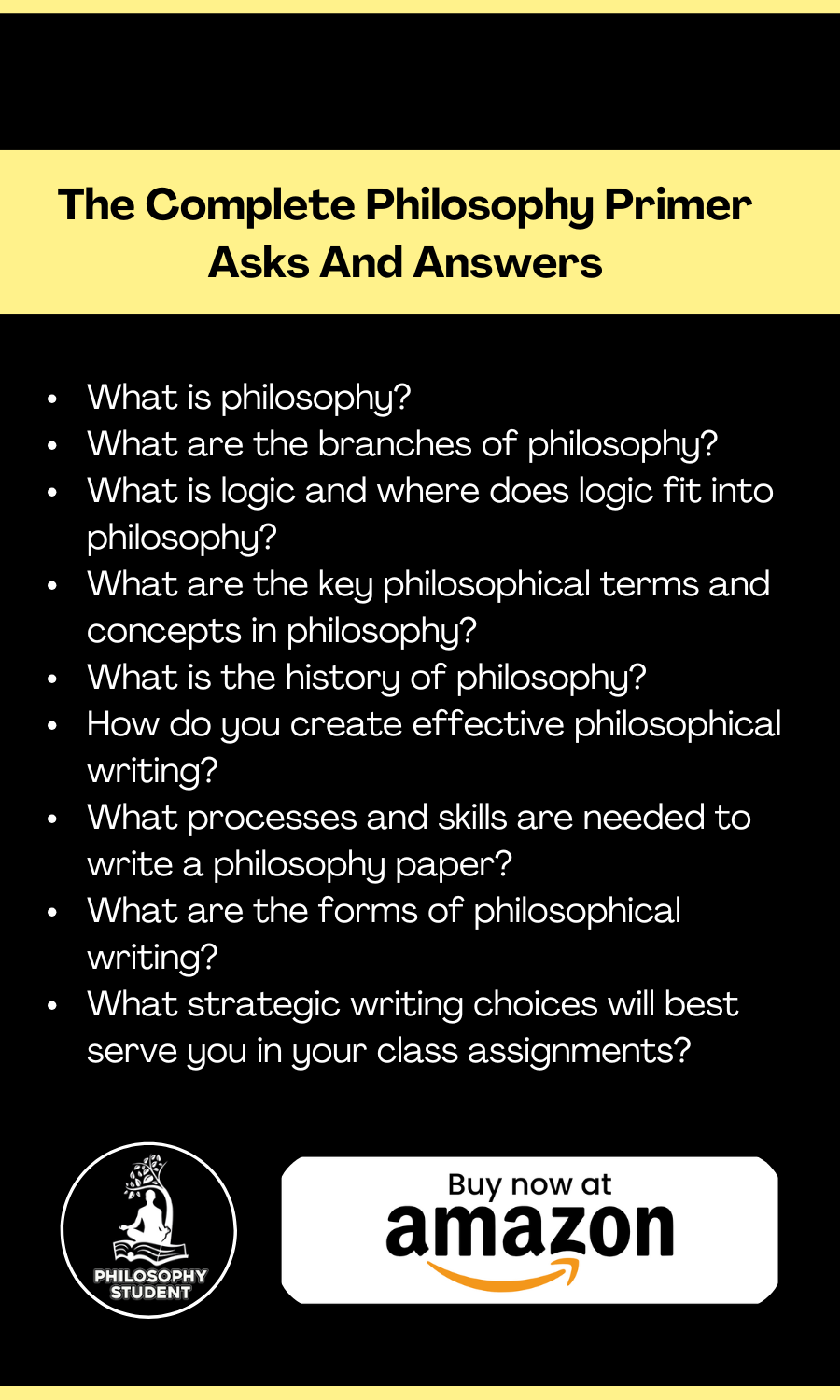A relevance logic is motivated by the idea that the premises of a valid argument must be somehow “relevant” to its conclusion. The idea is motivated by the fact that the formal notion of implication based upon the truth tables of the logical connectives does not always match our pretheoretical understanding of implication; this includes, for instance, the so-called paradoxes of material implication—for instance, ¬φ ⊃ (φ ⊃ ψ)—and the principle of explosion—(φ & ¬φ) ⊃ ψ. (A logic that denies the principle of explosion is called paraconsistent.) The precise definition of relevance, however, remains vague, although a necessary condition is usually understood to be that the premises and conclusions of an argument must share a propositional variable. In terms of a natural deduction system, this requirement can be met by indexing the assumptions in a proof and ensuring that these are persevered in any derivation—for instance:
Relevant &-Introduction: Given φ[i] and ψ[i], we can derive (φ & ψ) [i]
This ensures that we cannot introduce a conjunction on the basis of a relevant and irrelevant assumption and then eliminate the conjunction and derive a conclusion on the basis of the irrelevant assumption alone.
The semantics for a relevance logic is often extremely complex. One semantic option is to introduce four valued truth tables, in which atomic propositions can be evaluated as true, false, both (a truth-value glut), or neither (a truth-value gap), and the truth value for complex molecular formulas built up from the corresponding four-valued truth tables. Another option is to provide a possible-worlds semantics for such logics, in which the domain is understood to include both normal worlds, governed by classical logic, and non-normal worlds, where these laws can vary. A more straightforward option, however, is to maintain only two truth values but to understand an interpretation as a relationship between propositional variables and truth values, in which relationship is more liberal than a function insofar as a proposition may be related to the value true, related to the value false, related to neither truth value, or related to both. We write Pr1 to say that P is true, Pr0 to say that P is false, and we place no restrictions upon an interpretation that asserts neither or both of these clauses. Complex formulas are again built up truth functionally, just as in the classical case, and indeed with the same recursive clauses. For instance:
(φ & ψ)ρ1 iff φρ1 and ψρ1
(φ & ψ)ρ0 iff φρ1 or ψρ1
But we include the exception that just because a propositional variable is true, it does not automatically follow that it is also not false. For example, suppose that v(P) = 1 and v(Q) = b: since P is true and Q is true, (P & Q) is true; but since Q is also false, (P & Q) is also false; hence v(P & Q) = b.




































